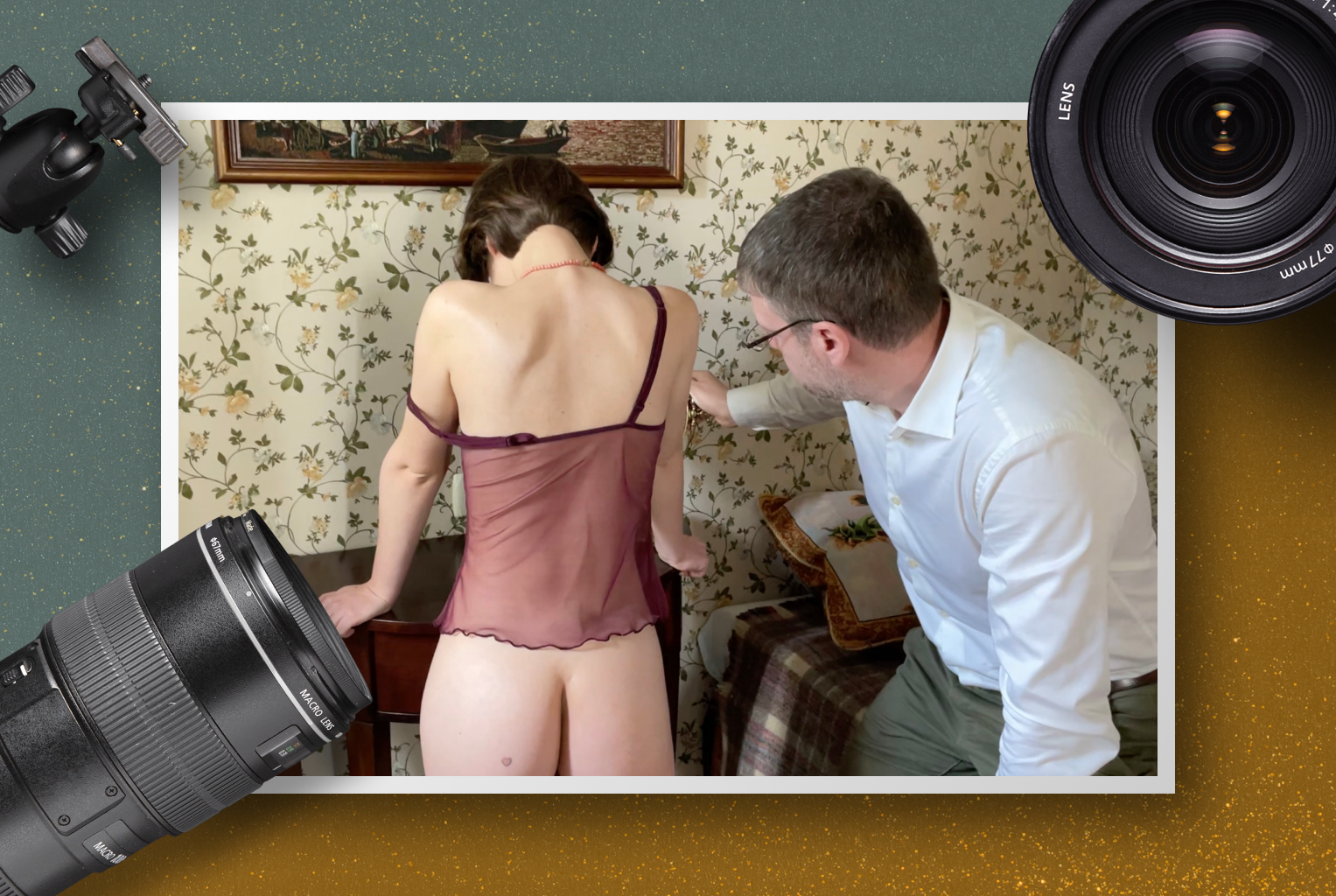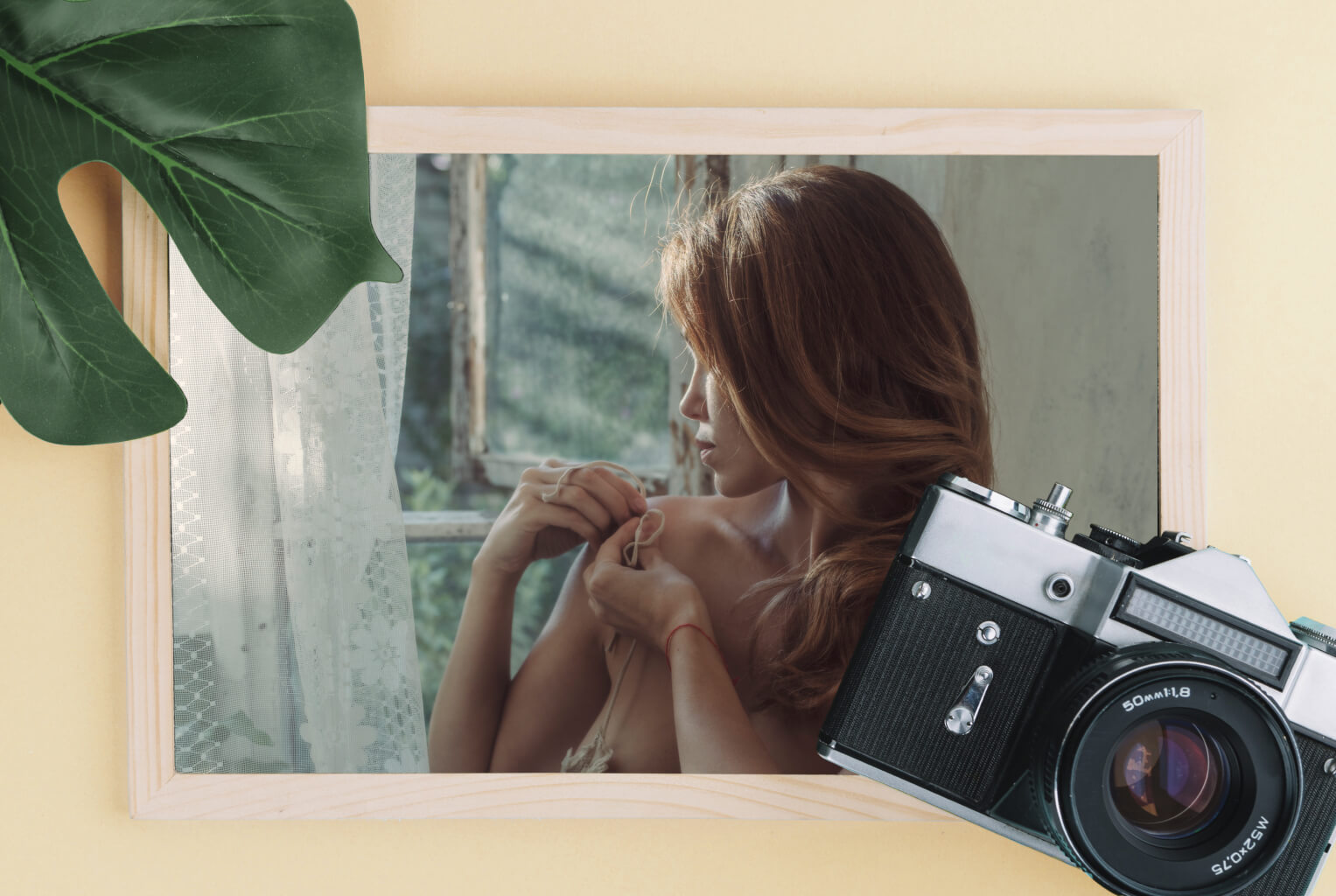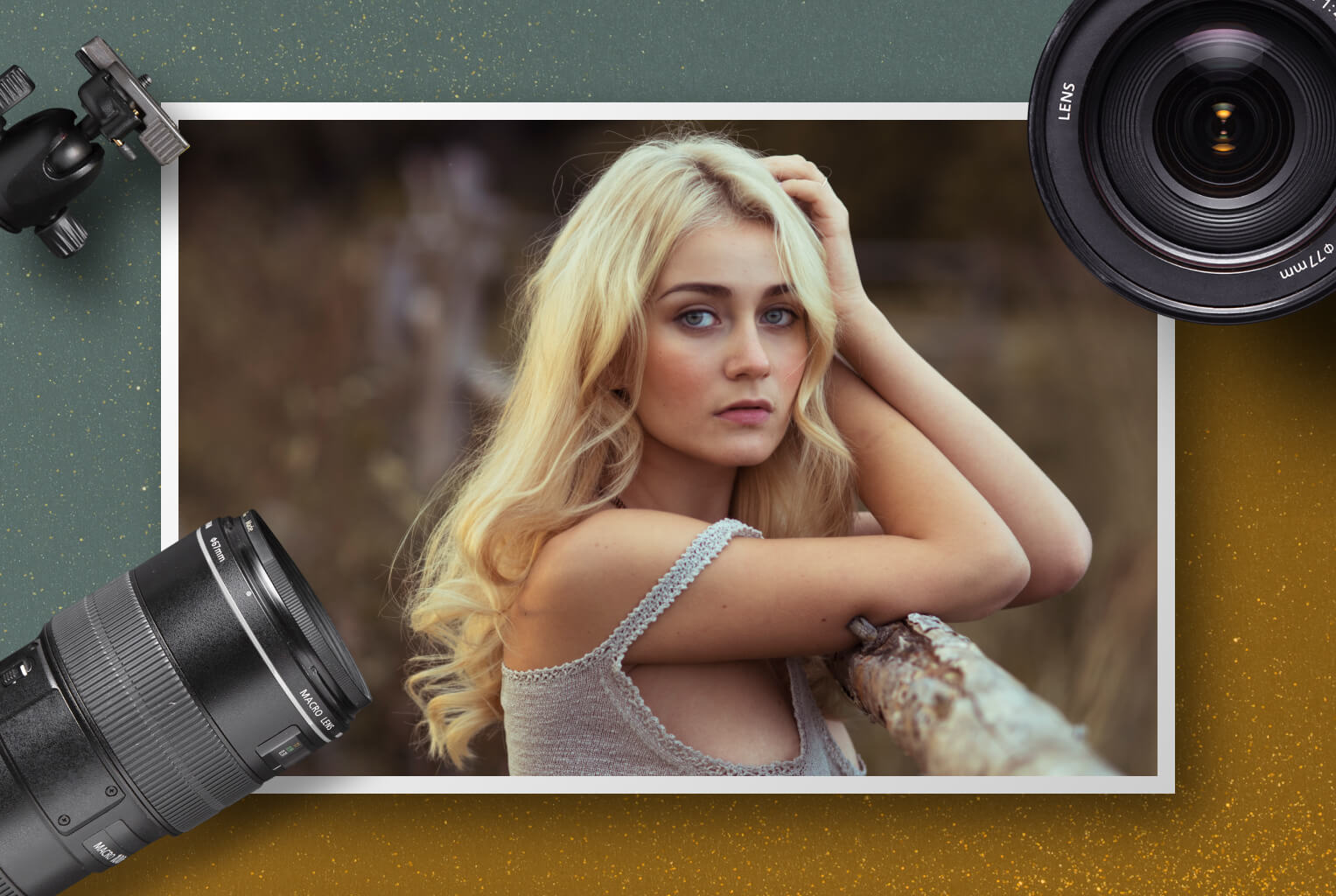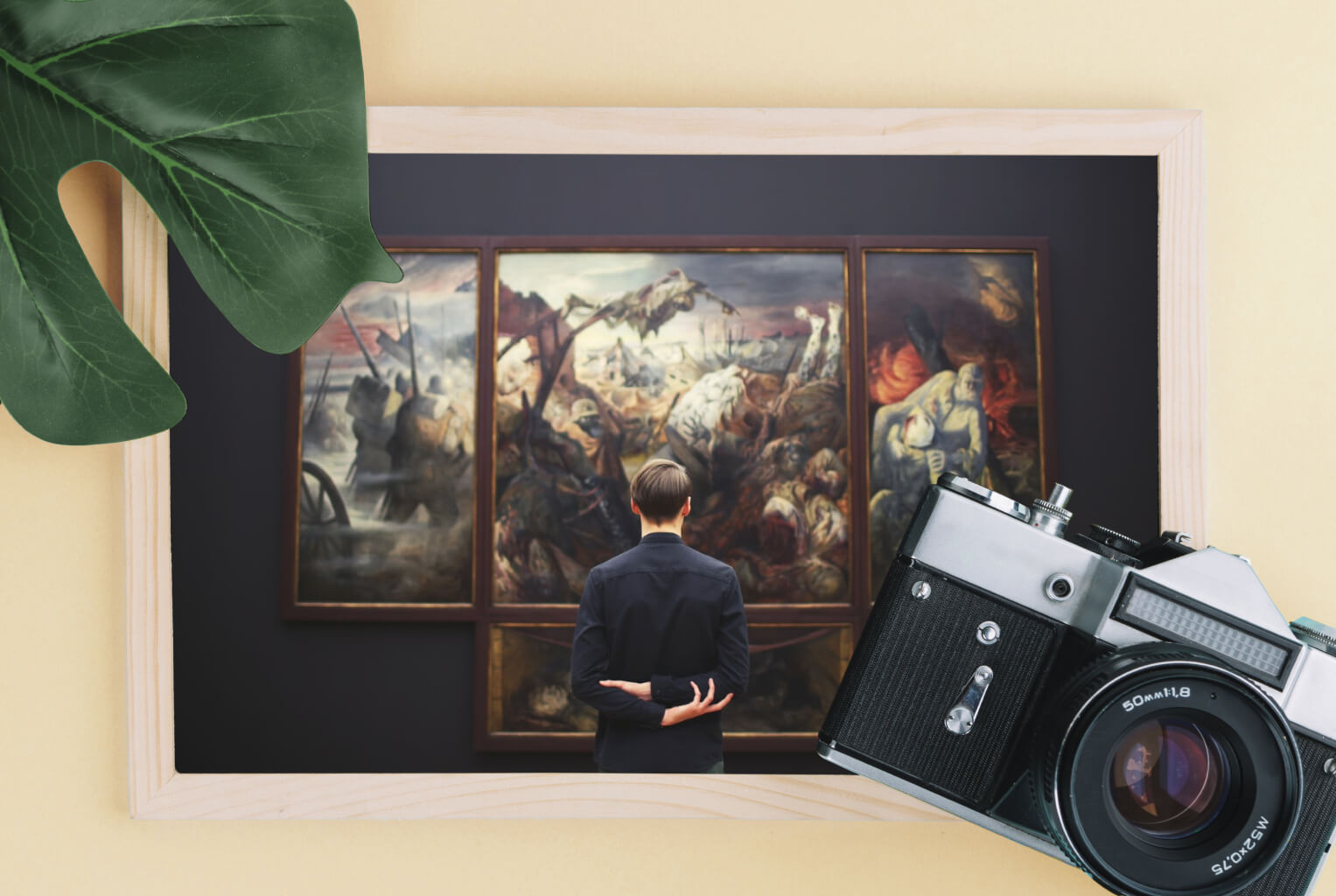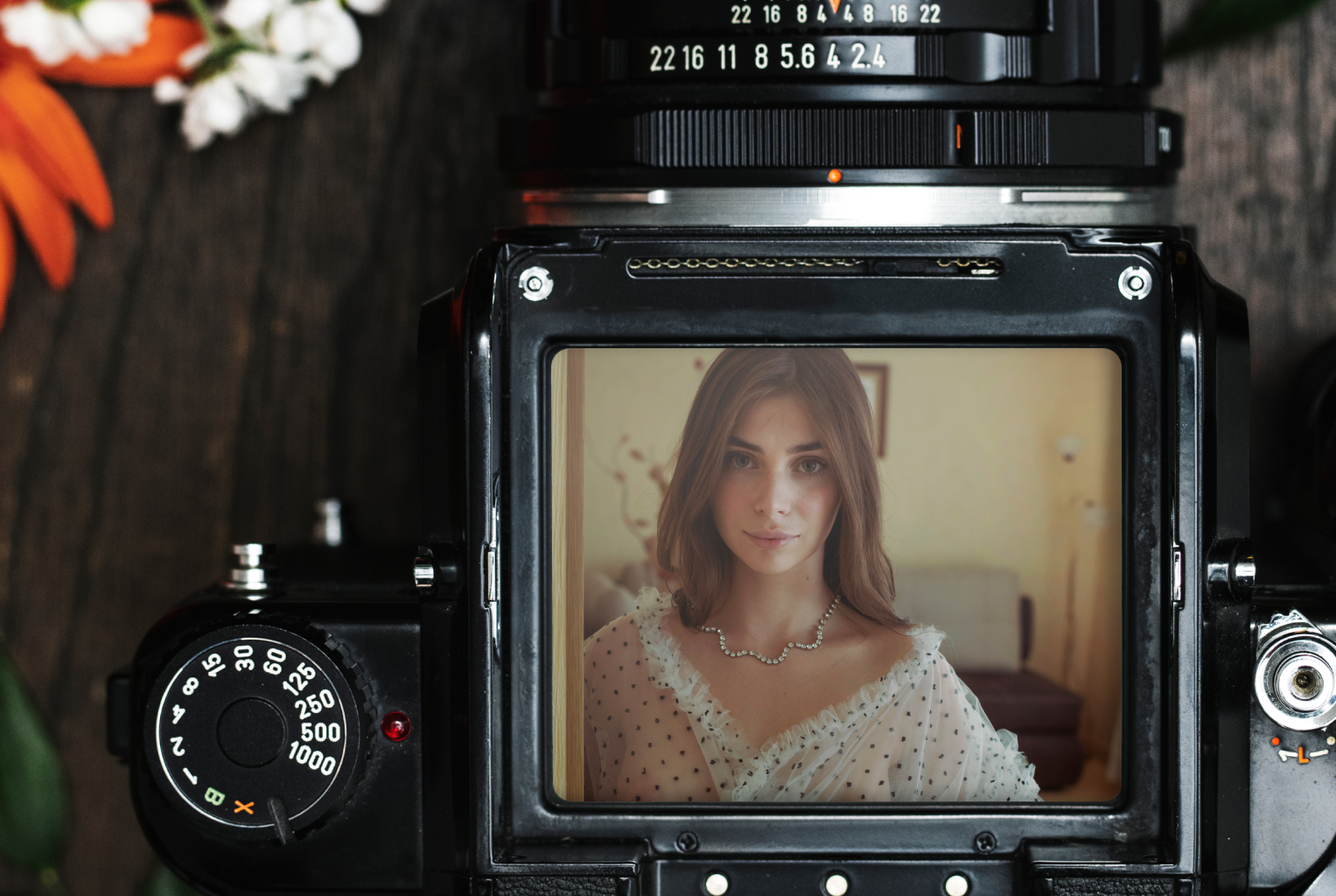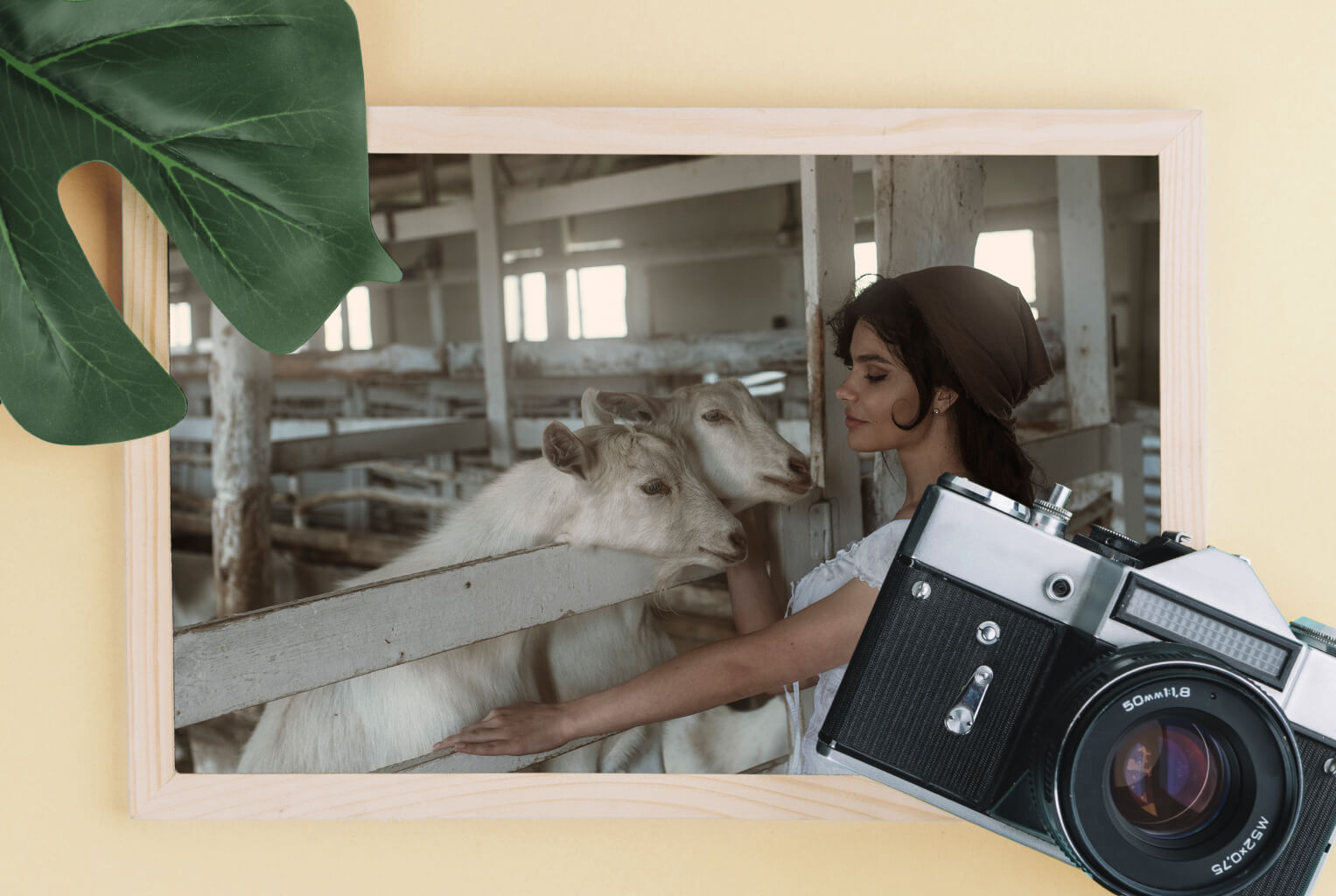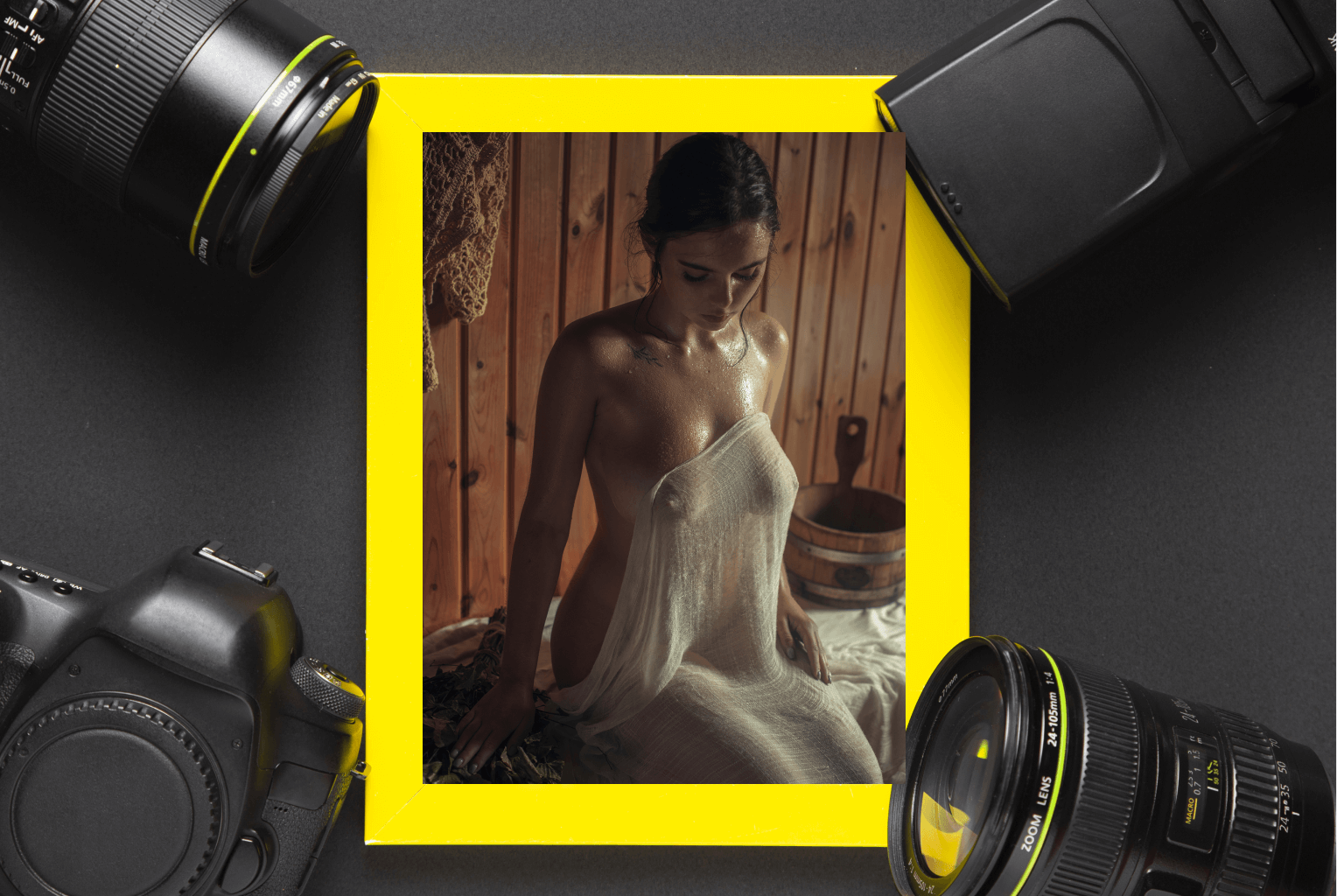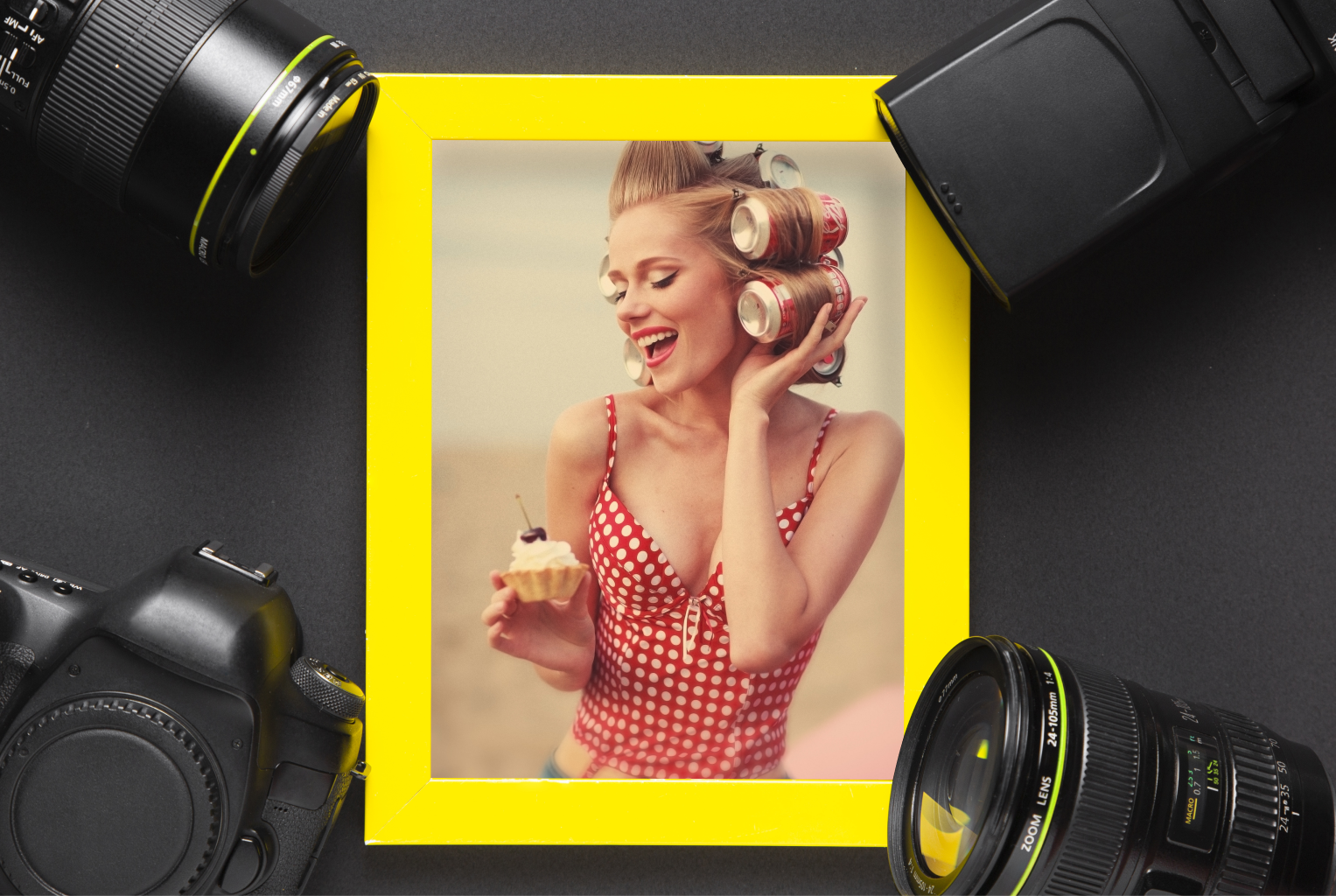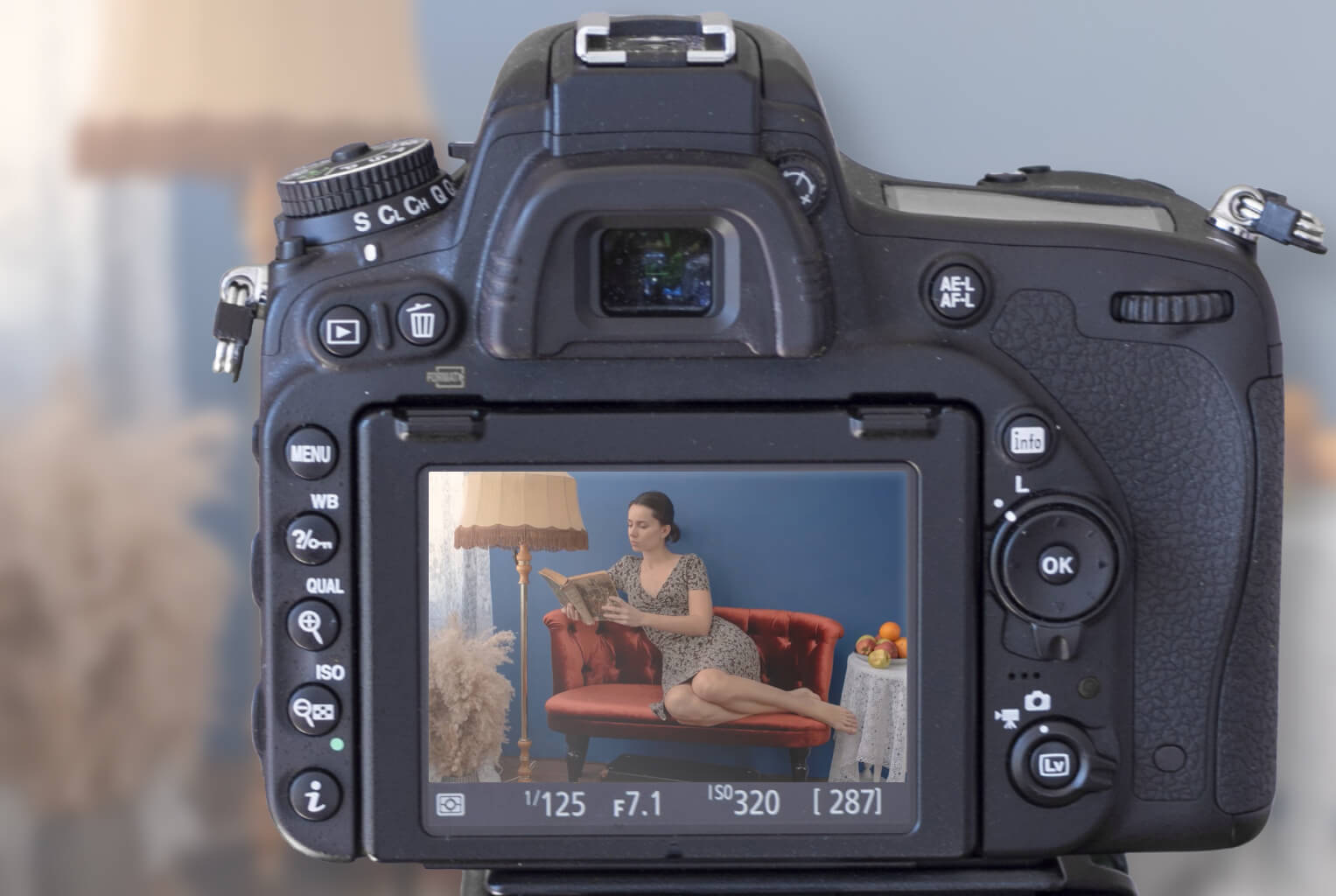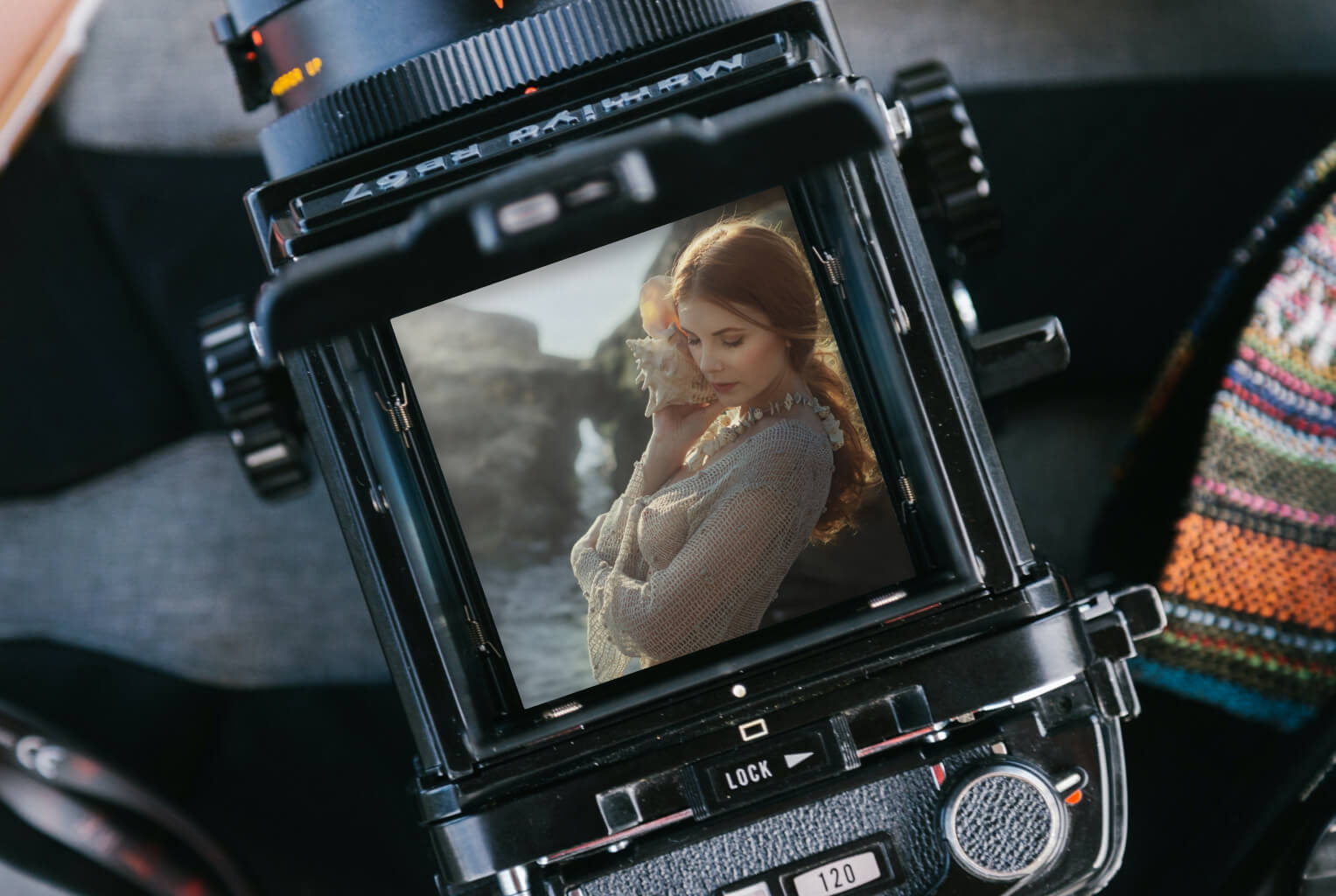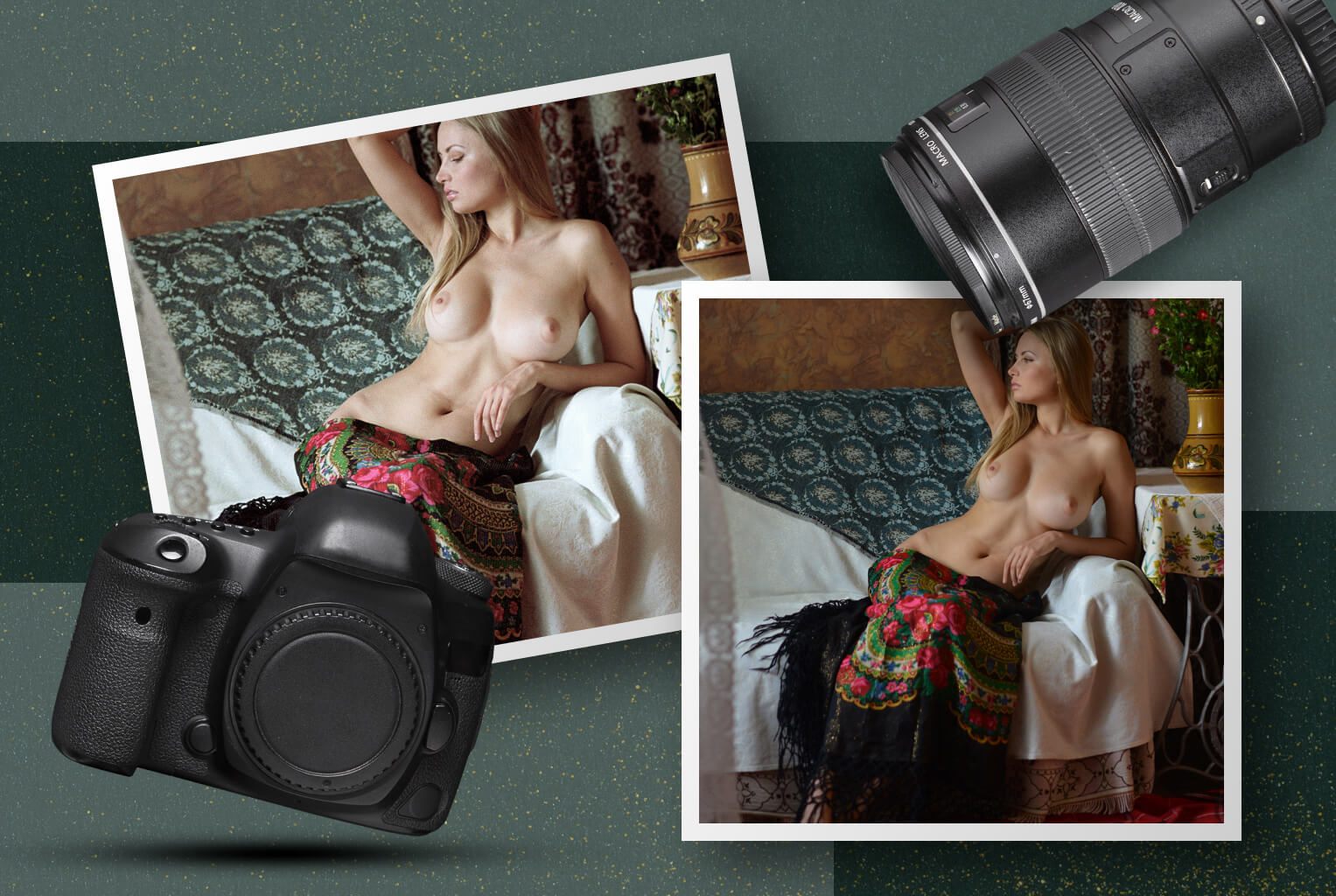
Film and Digital Photography胶片和数码摄影
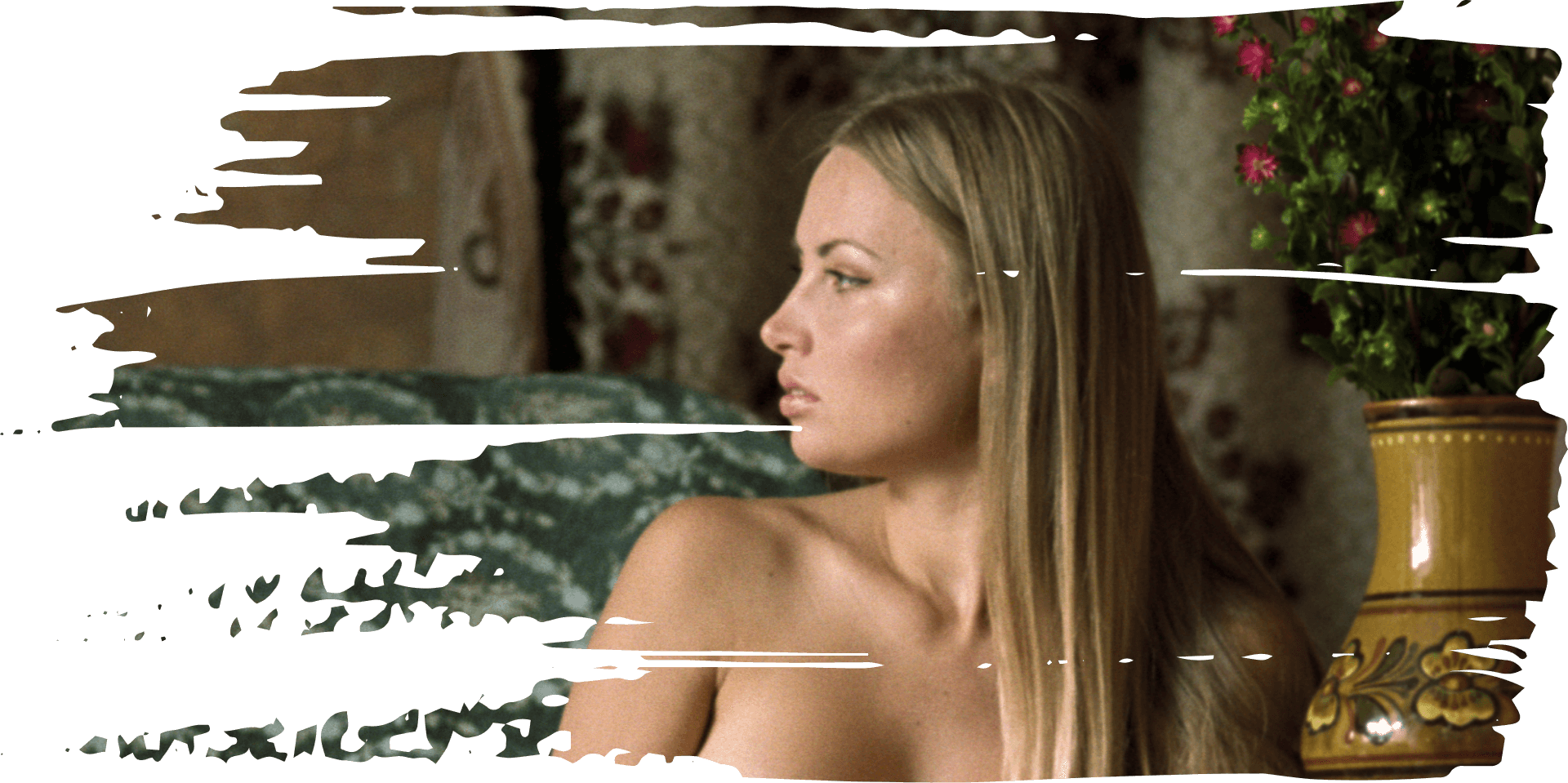
“A digital camera allows you to take hundreds and thousands of photos without fear of ‘running out of film’.”
The film provides softer contrast and smooth transitions between light and shadow, creating a sense of harmony in every frame. Light grain and “glit” subtly add texture, highlight details, and give the image a special atmosphere. Warm tones with a greenish-yellow character create a retro effect and a “lively,” breathing image, as if the light leaves its mark on it. The dynamic range seems wider: fine details are preserved in the shadows, and the light areas remain natural and do not burn out. Each frame takes on its own character and cinematic depth, like a captured moment from the past that retains its soul.
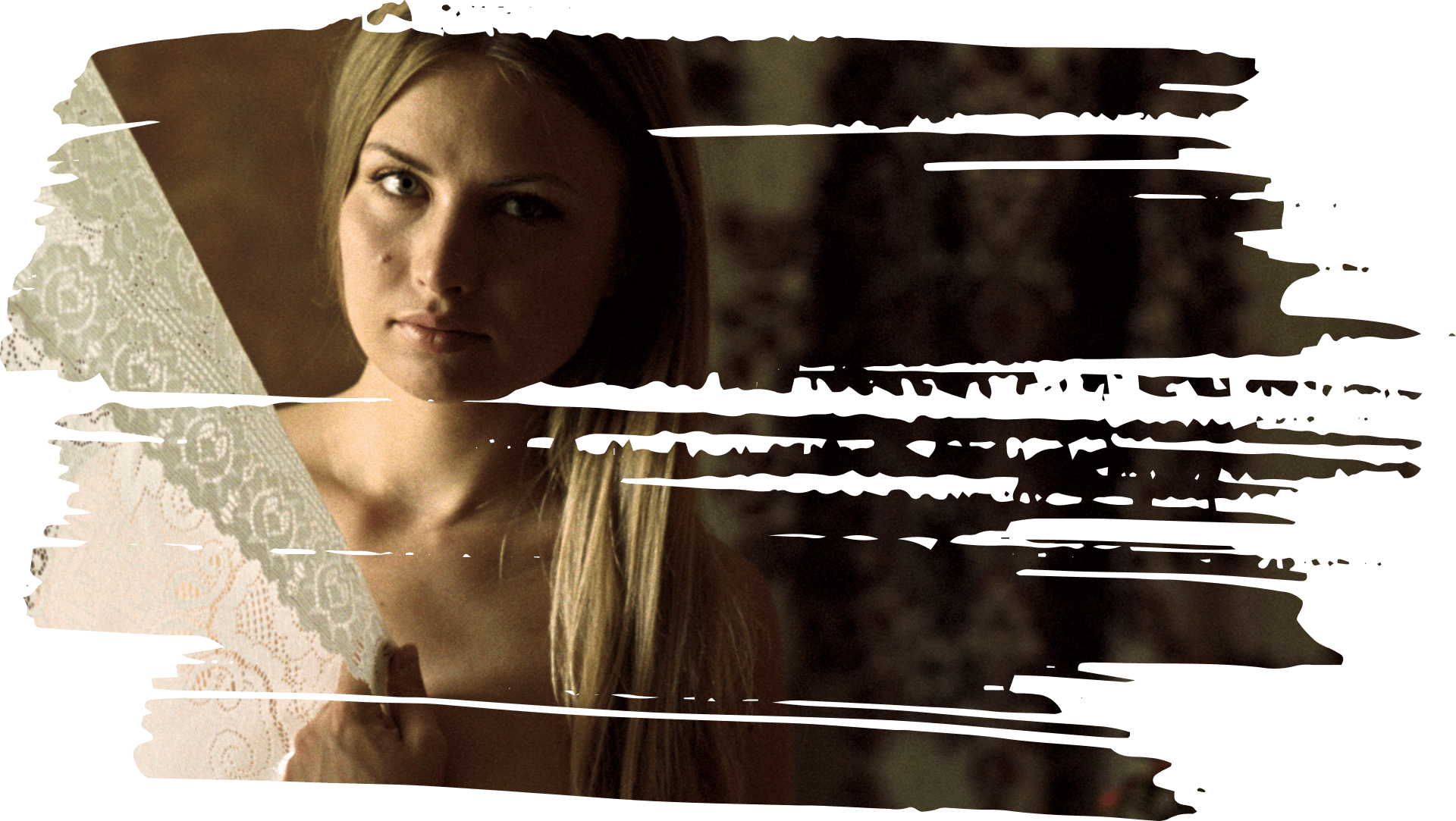
“Digitally, almost unlimited editing of color, contrast, and detail is possible.”
Digital photography, on the other hand, impresses with its sharpness and detail, reproducing the world as accurately as possible. It allows you to see every element of the scene, conveys colors in a neutral, balanced range, and provides perfect white balance. The image looks clean and expressive, with every line and shape clearly defined. At the same time, the contrast increases: the object is separated from the background and becomes the main focus of the composition. Sometimes this precision creates a feeling of a certain “flatness,” where the light grain and texture inherent in film are absent, but at the same time, each frame acquires technical perfection.

“Digitally, the range is technically wider, but visually it often looks harsher.”
Film provides atmosphere and emotion, while digital photography provides precision and clarity. Together, they open up a full palette of artistic possibilities: the former for those who appreciate the warmth of the moment, unpredictability, and depth, the latter for those who strive for precision, experimentation, and control over light. It is in this balance that the magic of photography is born: each frame can tell a story, convey a mood, and preserve the memory of the world we see and feel.
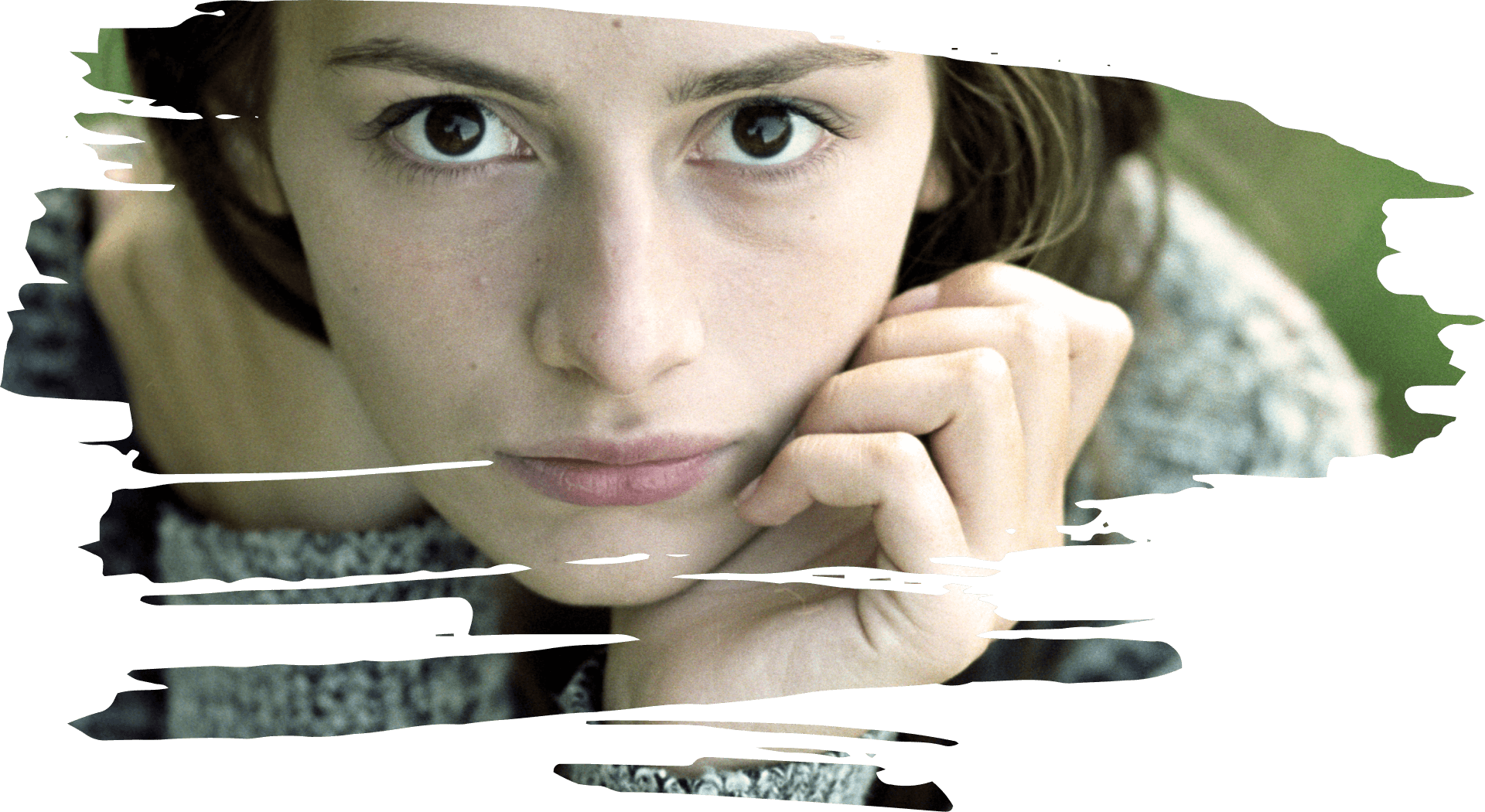
“Film has a ‘soul of randomness’: grain, slight imperfections, warm tones.”

“数码相机可以让你拍摄成百上千张照片,而不必担心‘胶卷用完’。”
这款胶片的对比度更加柔和,光影过渡流畅,每一帧都营造出和谐的氛围。光粒和“闪光”巧妙地增添了纹理,凸显了细节,并赋予画面独特的氛围。暖色调与黄绿色交相辉映,营造出复古的效果,并赋予画面“鲜活”的呼吸感,仿佛光线在其上留下了痕迹。动态范围似乎更宽广:阴影部分保留了精细的细节,而亮区则保持了自然,没有过度渲染。每一帧都呈现出独特的个性和电影般的深度,仿佛捕捉了过去却依然保留着灵魂的瞬间。

“通过数字技术,几乎可以无限制地编辑颜色、对比度和细节。”
而数码摄影则以其锐利和细节令人叹为观止,尽可能精准地再现世界。它能清晰呈现场景中的每一个元素,以中性、均衡的色彩呈现,并提供完美的白平衡。图像干净利落,富有表现力,每条线条和形状都清晰可见。同时,对比度也随之增强:物体与背景分离,成为构图的焦点。有时,这种精准的画面会营造出一种“平面感”,胶片固有的细腻颗粒感和纹理感消失殆尽,但与此同时,每一帧画面都体现出技术上的精湛。

“从数字角度来看,范围在技术上更广,但从视觉上看,它往往看起来更为严酷。”
胶片摄影营造氛围和情感,而数码摄影则提供精准和清晰度。两者共同开启了艺术创作的无限可能:前者适合那些欣赏瞬间温暖、不可预测性和深度的人,而后者则适合那些追求精准、实验性和掌控光线的人。摄影的魔力正是在这种平衡中诞生的:每一帧画面都能讲述一个故事,传达一种情绪,并留存我们所见所感的世界的记忆。

“电影有一种‘随机的灵魂’:颗粒感、轻微的瑕疵、温暖的色调。”
艺术家
信息
所有权利归 D.I. Dubnitskiy(笔名 David Dubnitskiy)所有,包括图形内容(照片、视频、插图)、情节/故事、单一文本材料、音频文件/音频内容、相关程序代码,这些内容用于或正在用于移动应用程序“NYMF”及其所有原始更改、补充、修改,还包括服务 https://dubnitskiy.com、https://nymf.com。
版权声明。

